General Motors Death Watch 46: The $2b Question
For those of you who've just joined us from Wall Street, welcome. We've been waiting for you for a while– long enough to wonder if GM's stock price got lost in hyperspace. I guess you guys needed some kind of sign to find your bearings. Something like Toyota's announcement that they're gonna Avis The General in '06, ending GM's 70-year run as the world's largest automaker. Or Rabid Rick Wagoner's post horse departure barn door closing homily: "I'm not conceding anything to anybody." No matter. Now that you're here, let me tell you a story…
I was scanning Wardsauto.com the other day when I came across a "good news" piece: "Crucial GM Fullsize Truck Program Launches Early". Well, OK, it MIGHT be a good news piece, you know, if The General's SUV cavalry racks-up the sales GM needs to die another day. Obviously, it's a bit of a long shot, what with SUV's being a dead genre guzzling. But hey; it is what it was. Anyway, mid-way through Ms. Priddle's puff piece, a thought occurred to me: is it really a good idea to rush the GMT900 vehicles (Tahoe, Yukon, Escalade, Suburban, Silverado, Sierra, etc.) to market? What if they're not ready?
It's not inconceivable. The Pontiac Solstice was due to hit the forecourts in June, promised for November, still isn't widely available and already appears on bulletin boards with a laundry list of complaints. Let's face it: GM has a bit of a history manufacturing, dare I say it, crap. Oh wait; Ward's says the "new" trucks will use 60% of the old trucks' components. And according to Gary White, GM's Fullsize Truck Vehicle Line Executive, the GMT900's are "entering the world with higher quality than the ones they replace." Now THERE'S a reassuring thought.
But let's get to the point. Check the article's last paragraph: "'No one's going to ride a 1-trick pony today,' White says, noting GM could have spent an extra $2 billion for marginal additional improvement to the GMT900 lineup, but recognized the money is better spent elsewhere for a balanced product portfolio." Now ask yourself a question: what the Hell does THAT mean?
The first part of White's quote seems straightforward enough. White's saying his handiwork's got to be safe, reliable, comfortable, attractive and frugalesque. (By implication, yesterday's 'one-trick' SUV's were, um, affordable.) But what's that second bit about the extra $2b GM DIDN'T spend on "marginal additional improvement"? Is White seriously suggesting that a couple of bil only buys you a bit of soft touch plastic here, a nicer steering wheel there? I'm no bean counter, but I would have thought that 2000 million dollars can do a great deal to improve a vehicle.
I emailed Ms. Priddle to see if White had specified these missing marginalities. (GM stopped returning my calls sometime back in April.) No joy there. It then occurred to me that no matter what White's mob left out of the GMT900's, his remarks typify GM's product mentality. The company's lineup is stuffed with ¾ vehicles: cars, trucks, SUV's and minivans that are just about as good as the competition, but not quite. For example, the Pontiac G6 seems a suitable alternative to a Nissan Altima. But if you look closely (as customers do), the G6 isn't up to snuff on almost every level: interior quality, engine refinement, reliability, etc. Even the class-killing Chevrolet Corvette features some of the nastiest plastic known to mankind. In general, The General signs-off its vehicles when they're still a few furlongs from the finish line.
An Audi engineer once told me that the final millimeter of a materials gap eats up a third of the item's production budget. Even though an Audi buyer might not see or feel the resulting precision, the automaker makes the effort and pays the freight. That's just the way they do things. It's already clear from the GMT900's 60% parts carry-over (much of which is due to the SOS timetable) and pre-production shots of the vehicles themselves that White's got it exactly backwards. The huge amount of money GM spent on these vehicles delivered nothing BUT marginal improvements.
White's comments highlighted the trade-off that created the $2b compromise: "marginal improvement" vs. "a balanced product portfolio". In other words, rather than get one vehicle– I mean, a host of similar vehicles– absolutely perfect, GM prefers to build [yet] another product. It's a shotgun approach in a rifle shot world. By manufacturing a complete range of not quite products across eight brands, GM condemns itself to perpetual mediocrity, and guarantees its also-ran status relative to the tightly focused folks at Toyota. The General's generals fail to realize that people don't buy GM's balanced product portfolio. They buy a single GM product. Or, increasingly, not.
More by Robert Farago
Latest Car Reviews
Read moreLatest Product Reviews
Read moreRecent Comments
- ToolGuy The only way this makes sense to me (still looking) is if it is tied to the realization that they have a capital issue (cash crunch) which is getting in the way of their plans.
- Jeff I do think this is a good thing. Teaching salespeople how to interact with the customer and teaching them some of the features and technical stuff of the vehicles is important.
- MKizzy If Tesla stops maintaining and expanding the Superchargers at current levels, imagine the chaos as more EV owners with high expectations visit crowded and no longer reliable Superchargers.It feels like at this point, Musk is nearly bored enough with Tesla and EVs in general to literally take his ball and going home.
- Incog99 I bought a brand new 4 on the floor 240SX coupe in 1989 in pearl green. I drove it almost 200k miles, put in a killer sound system and never wish I sold it. I graduated to an Infiniti Q45 next and that tank was amazing.
- CanadaCraig As an aside... you are so incredibly vulnerable as you're sitting there WAITING for you EV to charge. It freaks me out.



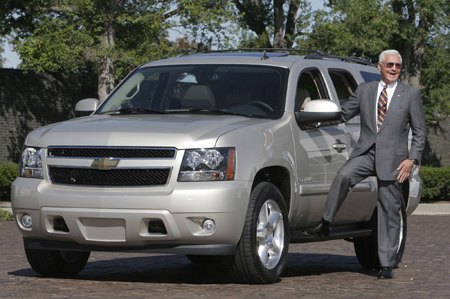












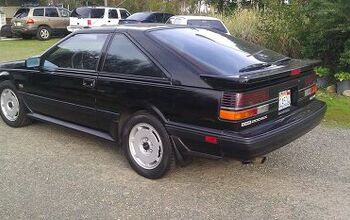



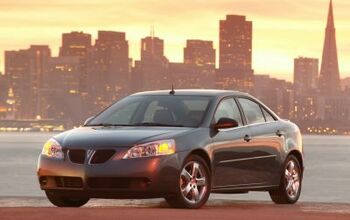

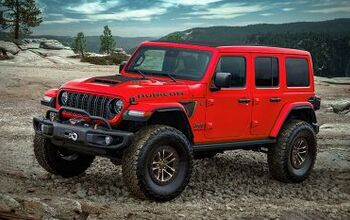
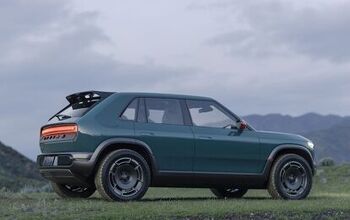


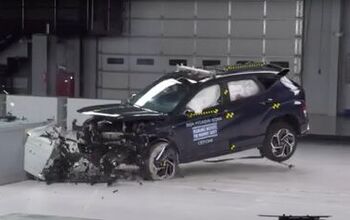
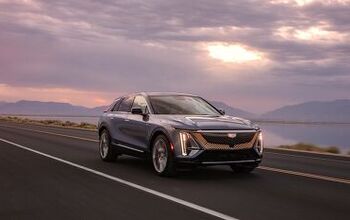
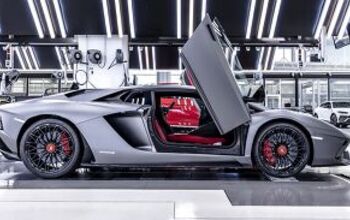

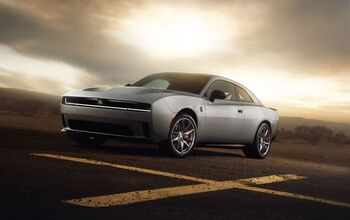
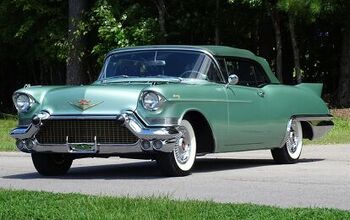

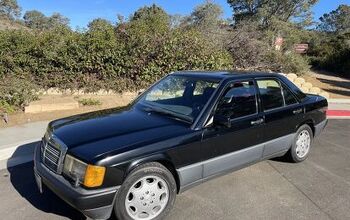
Comments
Join the conversation